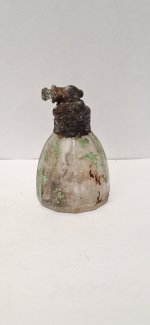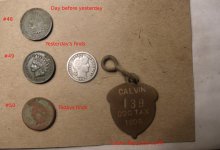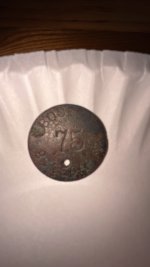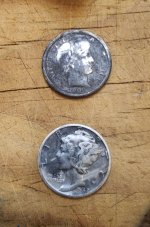I was walking down a woods road today and found this stone. It looks beat up on the one edge. I’m not convinced it’s anything, as it was in the middle of nowhere with no other artifacts. But I have found similar looking stones at some of my hunting spots.
Anyway, it got me wondering, how do you all ID true hammerstones from naturally worn stones, like what I’m assuming I have here?



Anyway, it got me wondering, how do you all ID true hammerstones from naturally worn stones, like what I’m assuming I have here?
Upvote
0







